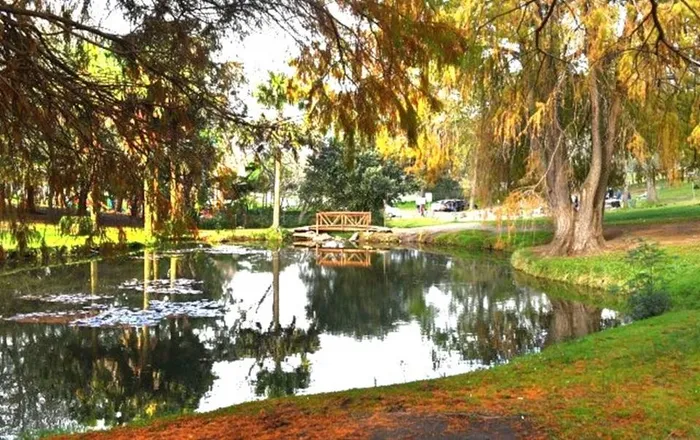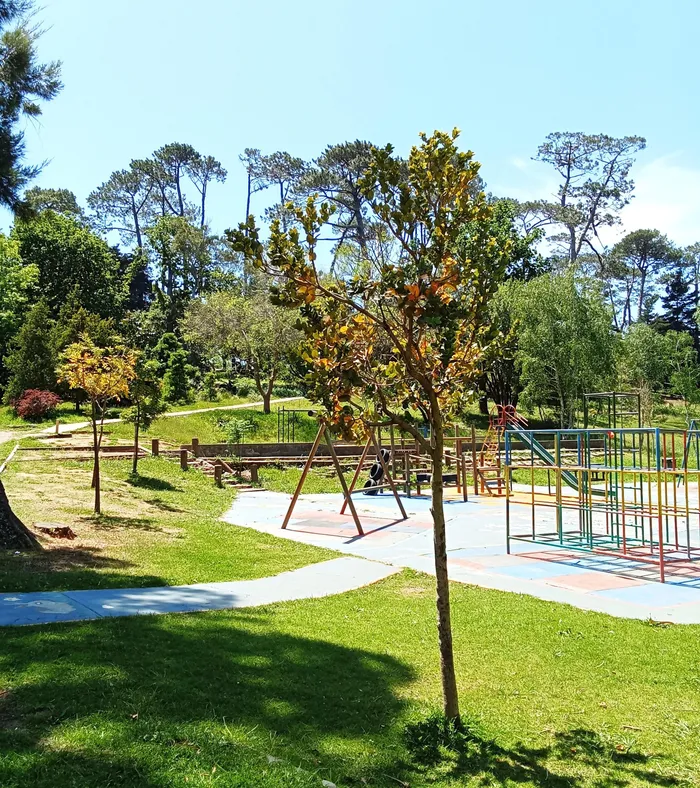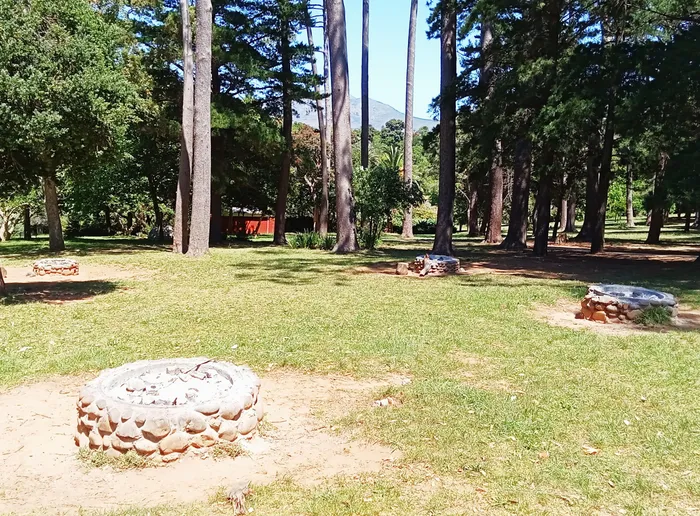Discover Wynberg Park: A historical community hub for families

The Wynberg Park duck pond.
Image: Supplied
For more than 130 years, Wynberg Park has been a favourite gathering place for families - a backdrop for children’s parties, Sunday braais, and countless community memories.
But few may know that the park’s story stretches back to the 1890s, when it was first known as King Edward Park.
According to the City of Cape Town, the land was secured through the joint efforts of local resident William Horne and then Wynberg councillor William Morom, who helped lay the groundwork for what would become one of the area’s most cherished public spaces.
Together, these two men negotiated the grant for this extensive stretch of ground on Wynberg Hill. Once granted, the park was magnificently landscaped with waterways, lawns, trees, shrubs, and flower displays.
A large section was also allowed to remain wild. The park was formally opened in 1902 by the honourable Thomas Graham, a South African judge and politician. After the opening ceremony, the Guild of Loyal Women, formed during the Second Anglo-Boer War, planted commemorative trees that can still be seen today in an area close to the duck pond. The park also features a white marble fountain commemorating the coronation of King Edward VII.
While Wynberg Park is still under the City’s ownership, some of the maintenance and well-being of Wynberg Park are overseen by a volunteer group, called the Friends of Wynberg (FoWP) Park
FoWP was established in 2013. FoWP committee member, Henk Egberink, said the City council commissioned Earthworks Landscape Architects to draw up a master plan for Wynberg Park.
This was published in May 2013 at a meeting at Springfield Girls' School. Mr Egberink said he was asked to form this volunteer group by former councillor, Liz Brunette, to monitor the implementation of the plan.
“The master plan divided the park into "rooms”. The future development would be to enhance these "rooms” and focus on sustainability. Mr Egberink said that FoWP is under the leadership of the current chairperson, Rory Rochat, and its purpose is to act as an intermediary between the community, the users of the park, and the city's Recreation and Parks department.
The Friends of Wynberg Park (FoWP) oversee the park’s development in line with the master plan and recommend any necessary changes. They gather feedback from park users on conditions and improvements, coordinate the tree plan to replace dead trees and carry out regular pruning, manage invasive plant species, and work to improve and expand facilities such as braai areas, paths, and toilets. They also secure donations from the community and commercial users, including film organisations.
Mr Egberink said that Wynberg Park is one of the few parks where the council allows braaiing. He said the City used Wynberg Park to celebrate the annual Earth Day in April.
“Twenty trees were planted and nearby schools presented projects on global warming, environmental awareness, and indigenous vegetation,” he said.
The City’s mayoral committee member for community services and Health, Francine Higham said in recent years, the City renovated the park’s pathways, upgraded the braai area, and added picnic tables and chairs, and play equipment near the braai area and along 58th Avenue.
Ms Higham thanked the volunteer groups for their role in maintaining Wynberg Park. “We are very grateful to all our friends groups across the City, including the Friends of Wynberg Park, who partner with us to care for our parks and public open spaces,” she said.

The children’s play park in Wynberg Park.
Image: Supplied

The braai area at Wynberg Park.
Image: Supplied